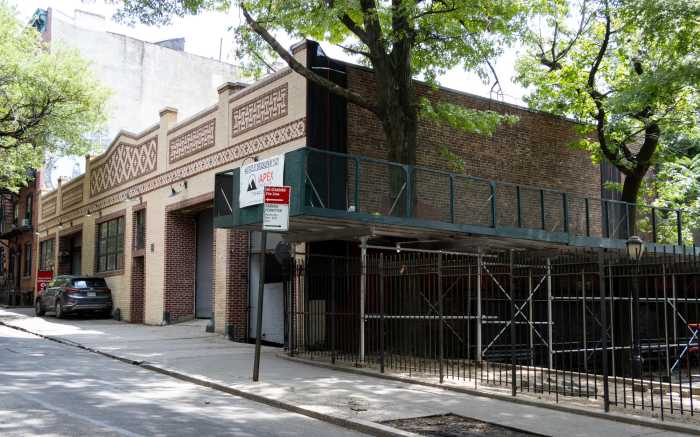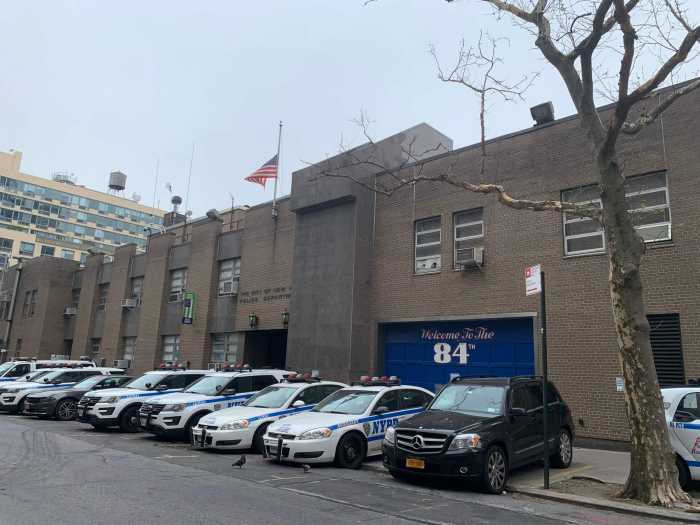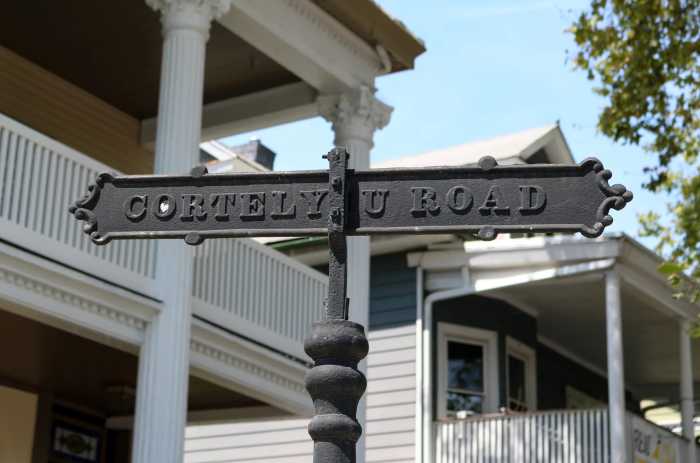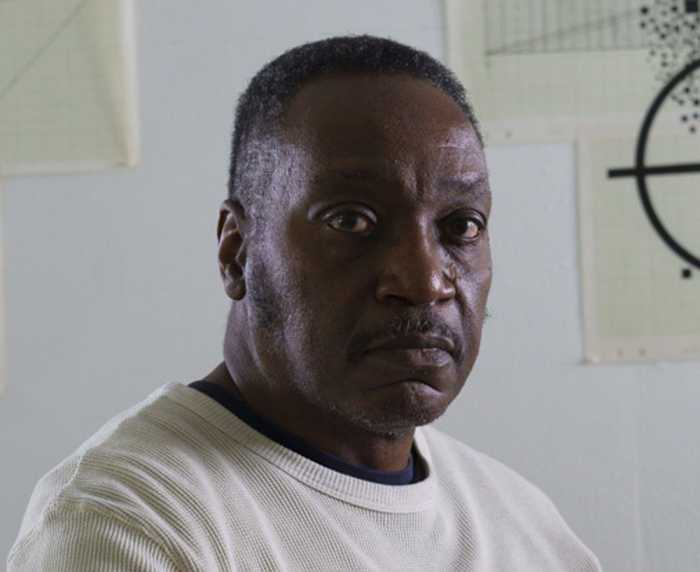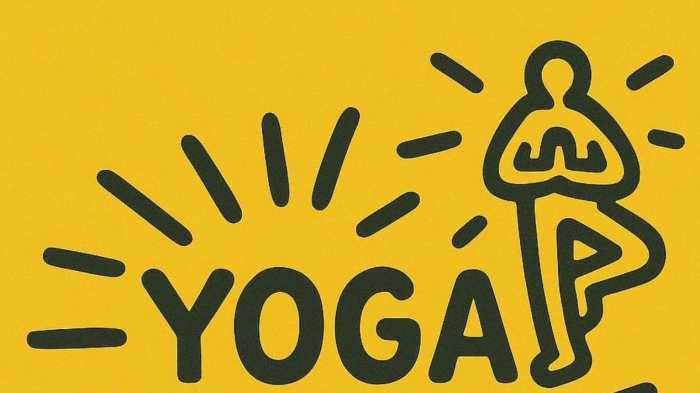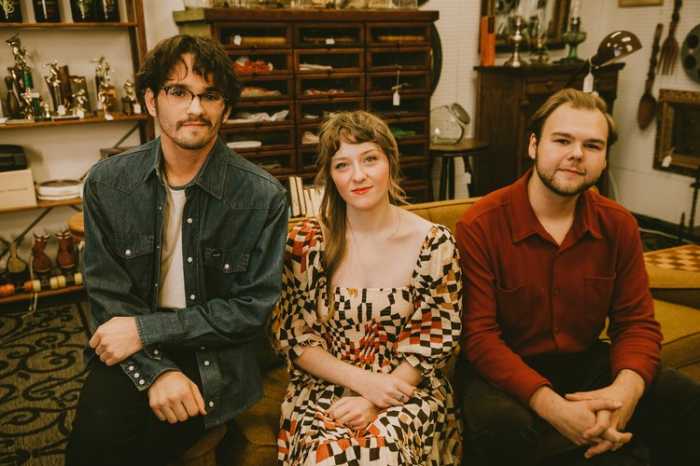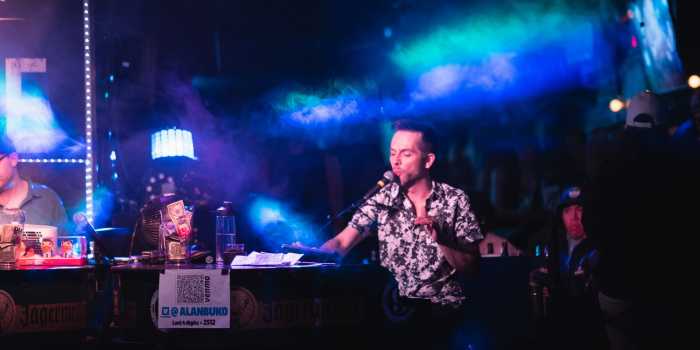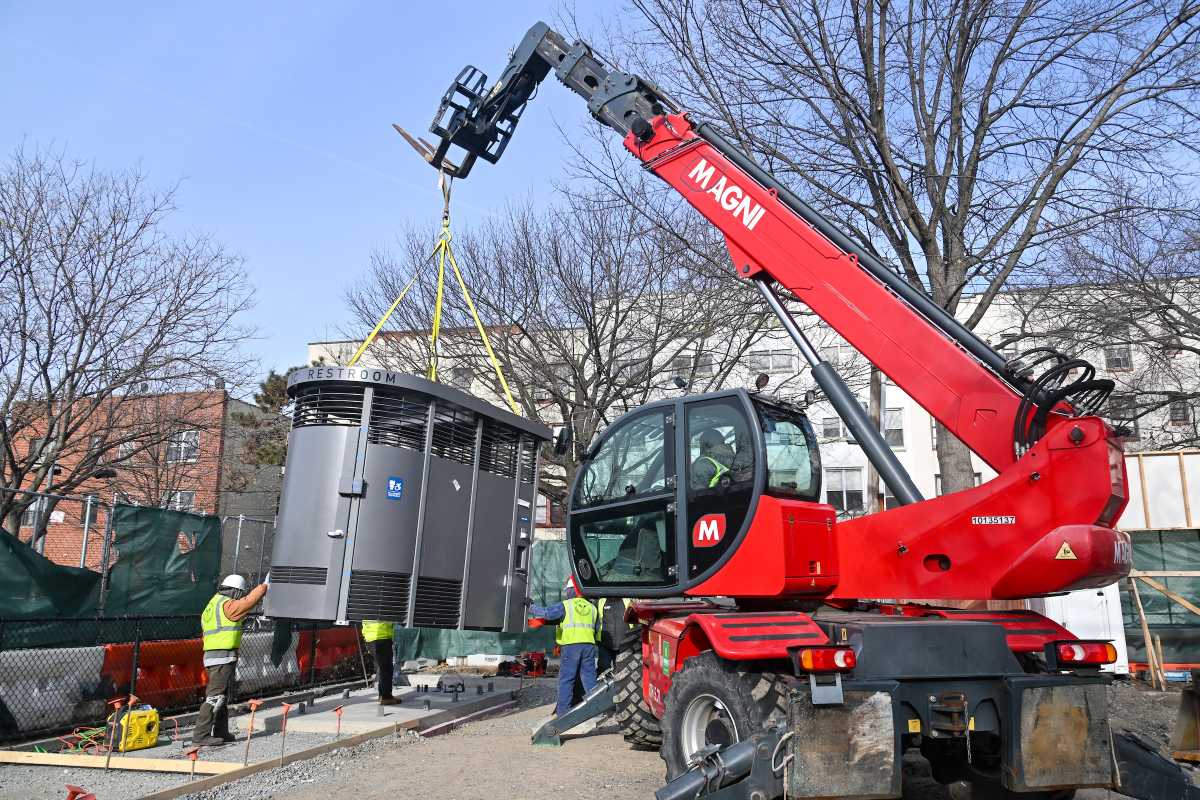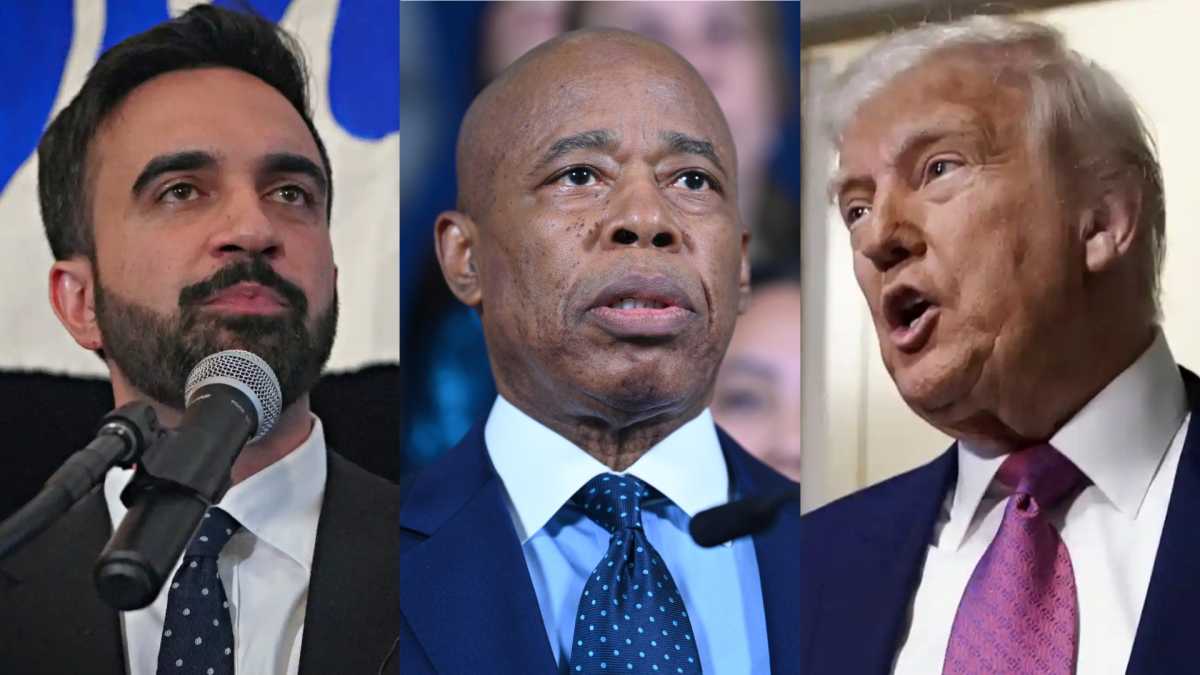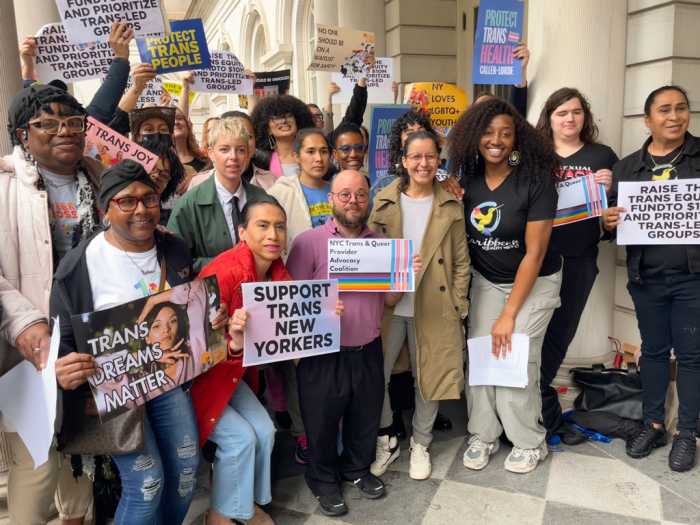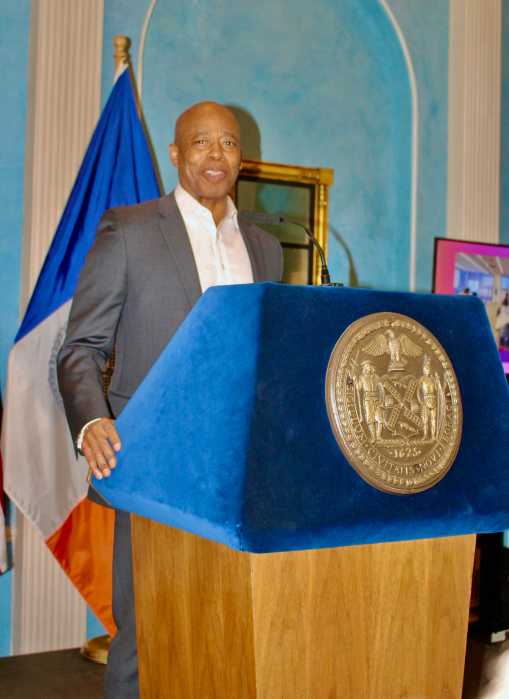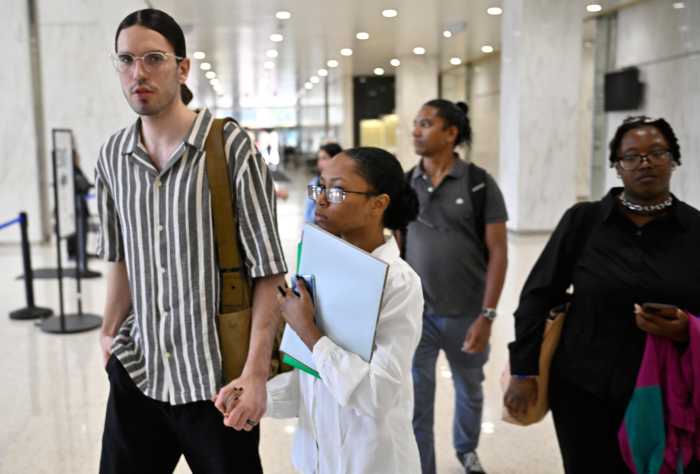Dig they might!
State transportation officials are considering a tunnel under Brownstone Brooklyn that would stretch all the way from the Prospect Expressway to the Brooklyn Navy Yard, thereby bypassing all of Downtown and clearing the way for a major repair of the crumbling, sclerotic triple-cantilevered portion of the Brooklyn-Queens Expressway in Brooklyn Heights.
The extraordinarily ambitious two-and-a-half-mile tunnel is one of several options for replacing the beleaguered highway that is being considered by the state Department of Transportation, but it is already emerging as a favorite.
“It’s brilliant,” said Allen Swerdlowe, an architect participating in state-sponsored design workshops, who praised the tunnel idea because it would discourage traffic-enraged drivers from exiting the highway as they do now and driving on local streets.
Four participants in the workshops interviewed by this paper all agreed that a tunnel would be the least-disruptive and most-effective way to control traffic on the chronically clogged stretch of the BQE, though they all hastened to add that the ideas being discussed were very much in the conceptual stage.
Interestingly, it was a civic-minded Cobble Hill resident with no engineering background — Roy Sloane — who came up with a link that he dubbed the “Cross-Downtown Brooklyn tunnel.” At its length, it would be a full mile longer than the Brooklyn–Battery Tunnel, which is currently the longest roadway tunnel in North America.
According to Sloane, the tunnel could serve as an express route to North Brooklyn, while the triple-cantilevered stretch of the BQE would become a “local” route that would funnel traffic to the Brooklyn and Manhattan bridges as well as local streets.
Still, there were some differences among proponents of the tunnel as to what should be done with the decaying stretch of the BQE.
“I don’t like that because it creates more capacity, and once you increase capacity drivers start using it and you create more problems,” said Swerdlowe, adding that he preferred a tunnel with exits to local streets and that the triple-cantilevered roadway could be converted into a recreation area of some sort.
“The High Line [in Manhattan] could certainly be a model,” he said.
Other tunnel configurations being considered include one linking the so-called BQE trench west of Atlantic Avenue with the below-grade stretch of the BQE in South Williamsburg near Wythe Avenue. The other involves a much shorter tunnel that would stretch from the trench to Park Avenue somewhere in Fort Greene.
A spokesman for the state Department of Transportation was unavailable for comment. But in an earlier conversation, the spokesman, Adam Levine, had said that the tunnel idea had not constituted a “eureka moment,” and that the agency was proceeding slowly and giving ample consideration to all possibilities.
The other concepts being discussed involve widening the triple-cantilevered portion, possibly to include an emergency lane. The state is also considering adding new supports, which would eliminate the cantilever design — an engineering marvel.
The last option involves rehabilitating the existing BQE and leaving it as is.
Previously, the state had considered an expansion of the BQE that would have required the seizure of 300 to 400 residences and 50 commercial properties through eminent domain — a possibility that was taken off the table after a public outcry.
There are many ideas out there, but one thing is for certain: The BQE is in desperate need of repairs, as it does not meet federal highway standards, is prone to traffic and accidents, and is rapidly deteriorating.
Swerdlowe said that whichever concept ends up getting the green light, the tunnel should be seriously considered.
“This is not something that is theoretical — it’s not a matter of, ‘Let’s figure out how to do this,’ ” he said. “Inner city tunnels have been done all over the world.”
The next workshop meeting will be at St. Francis College (180 Remsen St. between Court and Hicks streets in Brooklyn Heights) on Sept. 22 at 6:30 pm. Details of the project can be found by visiting the state transportation website at www.nysdot.gov/bqedowntownbrooklyn.


